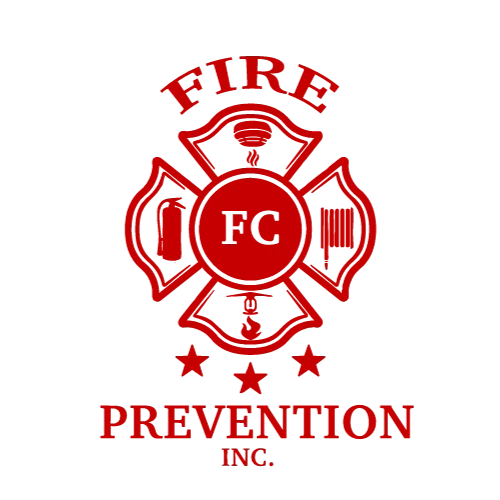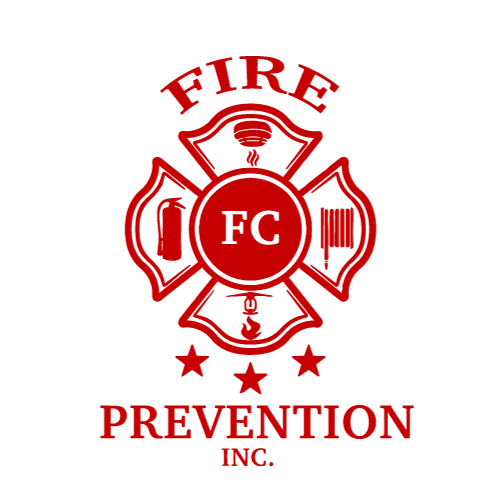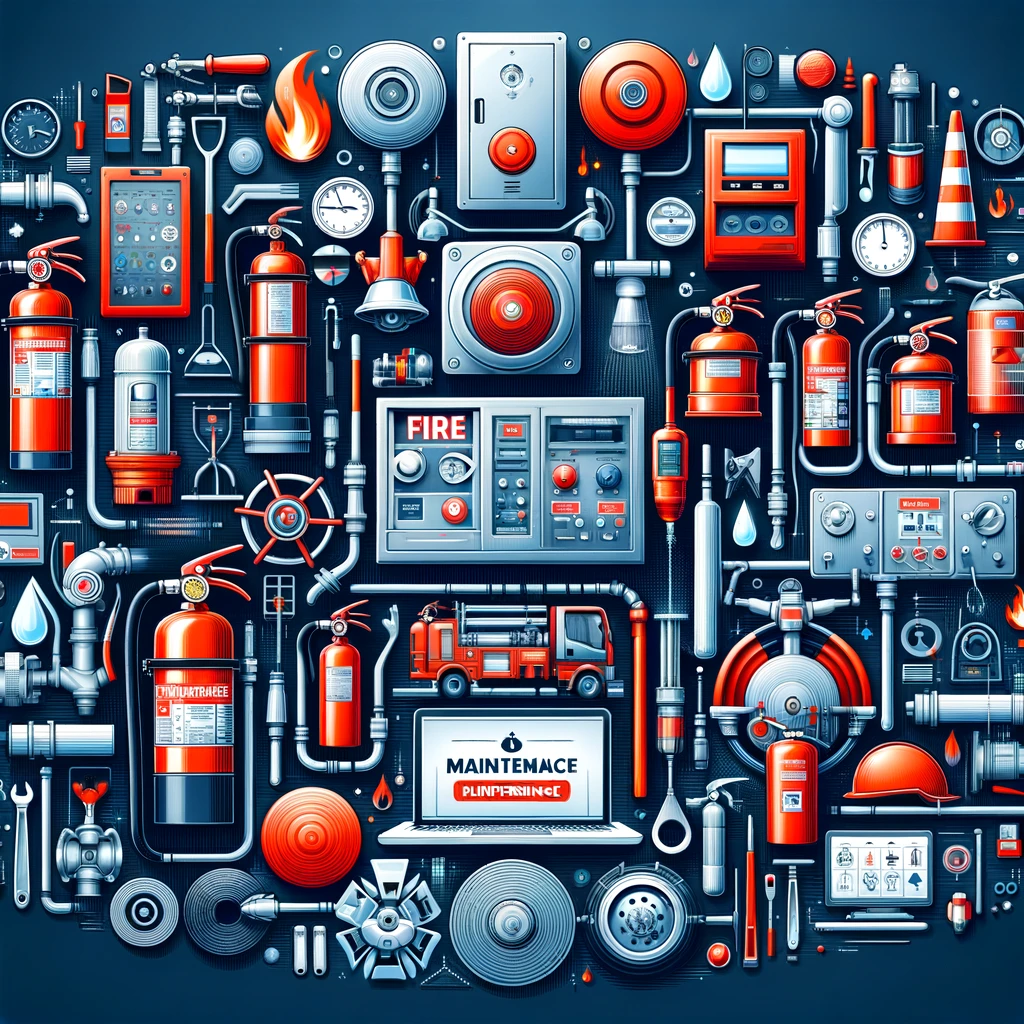In today’s world, where safety is paramount, the maintenance of fire safety equipment transcends mere compliance—it’s an essential practice that ensures the well-being of individuals and the protection of properties. FC Fire Prevention underscores the criticality of regular fire equipment maintenance, emphasizing its role in creating safer environments. This blog delves into the indispensability of upkeep routines for fire safety apparatus, reflecting on insights gleaned from industry experts and best practices.
The Lifeline of Fire Safety
Fire safety equipment, encompassing alarms, sprinklers, extinguishers, and more, serves as the first line of defense in the event of a fire. Its optimal functioning can mean the difference between minor damage and catastrophic loss, including loss of life. However, the efficacy of this equipment hinges on its maintenance. Neglecting regular checks and upkeep can lead to equipment failure at crucial moments, rendering it ineffective when most needed.
The Pillars of Regular Maintenance
Reliability and Effectiveness
Well-maintained equipment operates reliably, providing critical protection during emergencies. Routine inspections and maintenance ensure that fire safety systems function as designed, offering prompt detection and suppression of fires, thus safeguarding lives and assets.
Compliance with Regulations
Regular maintenance is not just a safety measure but a legal requirement. Various local and national codes mandate the upkeep of fire safety equipment. Non-compliance can lead to severe legal and financial repercussions, besides compromising safety.
Reduction of False Alarms
Frequent false alarms, apart from being a nuisance, can desensitize occupants to actual emergencies. Proper maintenance minimizes such occurrences, ensuring that alarms signify real threats.
Extended Equipment Lifespan
Regular inspections and corrective actions can significantly extend the lifespan of fire safety equipment. This not only saves costs in the long run but also ensures the equipment’s readiness for emergencies.
Peace of Mind
Knowing that fire safety systems are in prime condition provides peace of mind to business owners, facility managers, and occupants. It reassures them of their safety in high-risk environments like commercial buildings, factories, and healthcare facilities.
Guidelines for Effective Maintenance
- Develop a Maintenance Schedule: Create a detailed plan outlining the inspection frequency and specific maintenance tasks for each piece of equipment.
- Engage Certified Professionals: Only certified fire protection professionals should perform inspections and maintenance to ensure adherence to standards.
- Comprehensive Inspections: Regularly test alarm systems, inspect sprinkler systems and fire extinguishers, and ensure emergency lighting and fire doors are functional.
- Record Keeping: Maintain meticulous records of all maintenance activities, which are vital for compliance and effective management of fire safety equipment.
Recognizing Signs for Maintenance or Repairs
Stay vigilant for indicators that equipment requires servicing, such as frequent false alarms, visible damage, leaks in sprinkler systems, or expired inspection tags on fire extinguishers. Promptly addressing these signs can prevent equipment failure during emergencies.
Conclusion
For FC Fire Prevention, the regular maintenance of fire safety equipment is a non-negotiable aspect of ensuring safety. It is an investment in the protection of lives and property. By adhering to maintenance schedules, engaging with professionals, and being proactive about repairs, businesses and facilities can ensure that they are prepared for any fire-related emergencies. Remember, when it comes to fire safety, prevention is always better than cure, and maintenance is the key to prevention.



Comments are closed